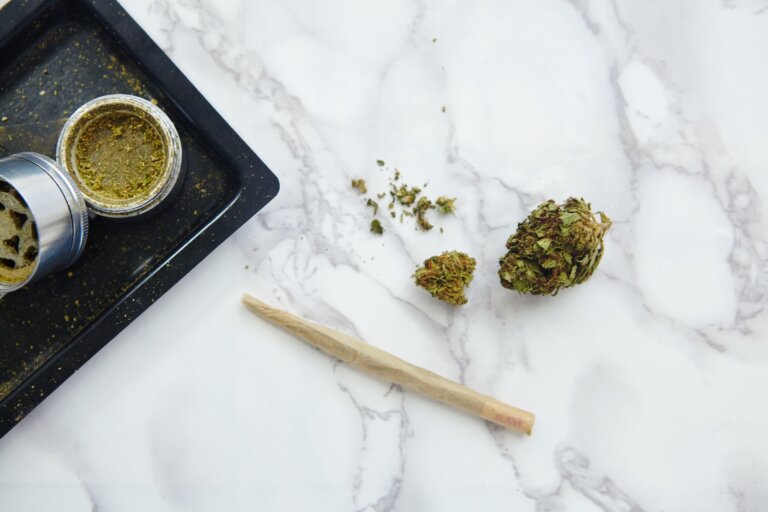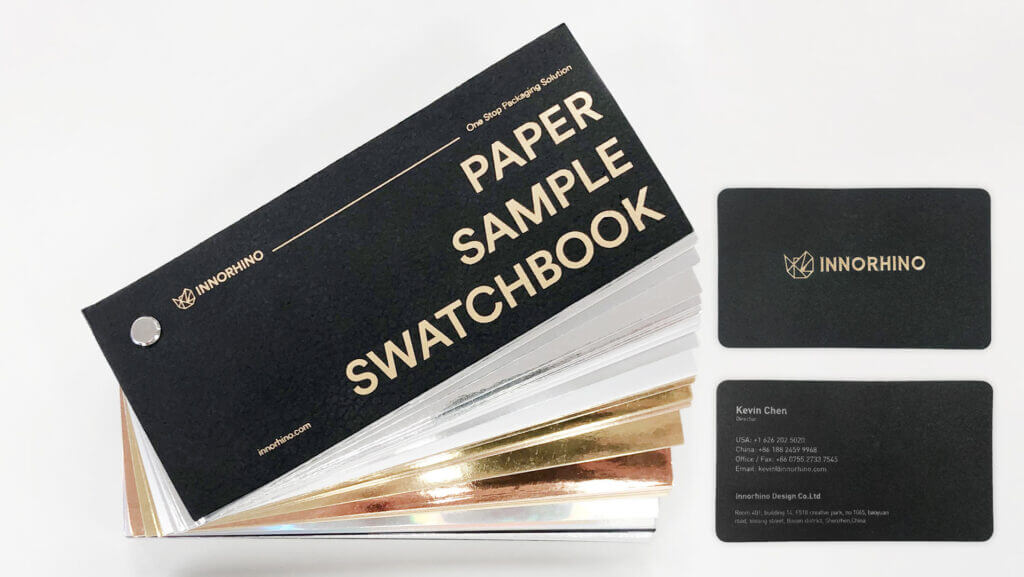- How Cannabis Brands Can Align Safety, Compliance, and Design
- 1. Core Principles of Child-Resistant (CR) Packaging Design
- 2. Common CR Packaging Formats: Features, Benefits, and Use Cases
- 3. Market Leaders in CR Packaging Design
- 4. Regulatory Compliance Snapshot
- 5. Packaging Lifecycle and End-of-Life Considerations
- 6. Innovation Trends in CR Packaging
- 7. Best Practices for Cannabis Brands
- Conclusion
- FAQs: Child-Resistant Cannabis Packaging
- Reference
How Cannabis Brands Can Align Safety, Compliance, and Design
In today’s highly regulated cannabis market, child-resistant (CR) packaging is more than a legal requirement—it’s a signal of brand responsibility and consumer care. But as regulations tighten and consumer expectations rise, cannabis brands face a challenge: how to create packaging that protects children, complies with laws, and still appeals visually and functionally to adult users.
This article outlines the principles of CR packaging, highlights leading formats and market examples, reviews critical compliance standards, and offers actionable best practices. For cannabis product teams, compliance officers, and packaging designers, the goal is clear—build CR packaging that is legally sound, user-friendly, environmentally responsible, and brand-enhancing.
1. Core Principles of Child-Resistant (CR) Packaging Design
Effective CR packaging must strike a balance between being difficult for children to open yet simple for adults to use. Key design principles include:
- Dual-Action Mechanisms: Require two distinct actions to open (e.g., push-and-turn) to prevent unintended access by children.
- Tamper-Evidence: Integrate seals, shrink bands, or tear strips to provide visible indicators of tampering and enhance consumer trust.
- Durability and Reusability: Ensure CR packaging maintains integrity throughout its lifecycle and supports safe reuse where appropriate.
- Accessibility: Design with seniors and users with limited dexterity in mind, balancing CR functionality with inclusive usability.
2. Common CR Packaging Formats: Features, Benefits, and Use Cases
The right CR packaging format depends on your product, market, and brand positioning. Below is a breakdown of the most widely used CR solutions in cannabis, including their strengths and limitations:
| Format | Image | Applications | Mechanism | Benefits | Challenges |
| Push-and-Turn Caps |  | Jars, tinctures, topicals, concentrates | Downward pressure while twisting (dual-action) | Familiar, certified, scalable, cost-effective | May be difficult for users with reduced dexterity |
| Sliding Lock Boxes (Duallok Style) | 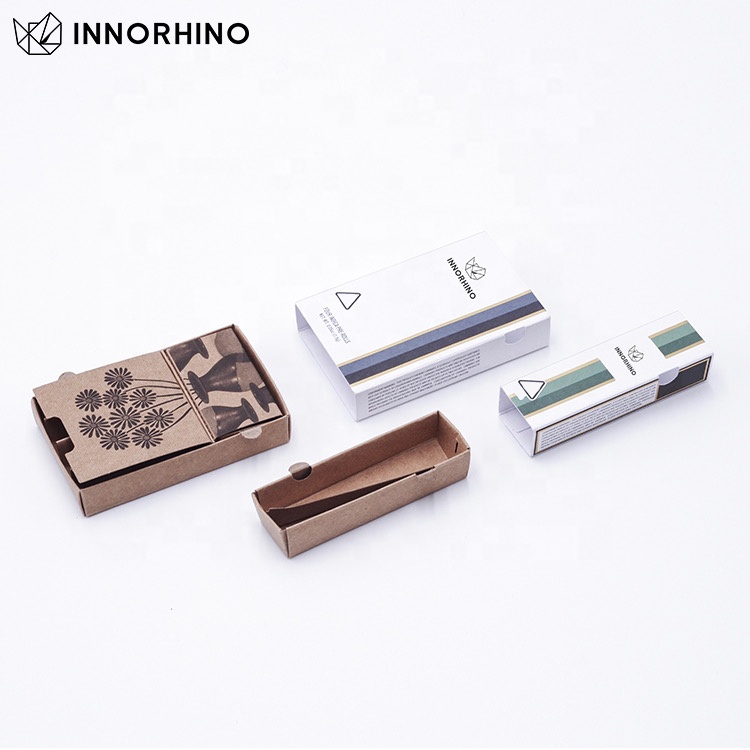 | Edibles, vape cartridges, pre-roll multipacks | Press-and-slide tray within a locking sleeve | Premium branding, tamper-evident, recyclable | Higher cost, slower assembly |
| Pinch-and-Pull Mylar Bags |  | Flower, gummies, edibles | Pinch side tabs and pull open | Lightweight, resealable, printable, customizable | Seal may degrade, requires instruction |
| Squeeze-and-Pull Tubes |  | Pre-rolls, vape pens | Squeeze sides and pull off cap | Durable, ASTM-compliant, compact | Limited branding space, recycling complexity |
| Button-Release Containers | 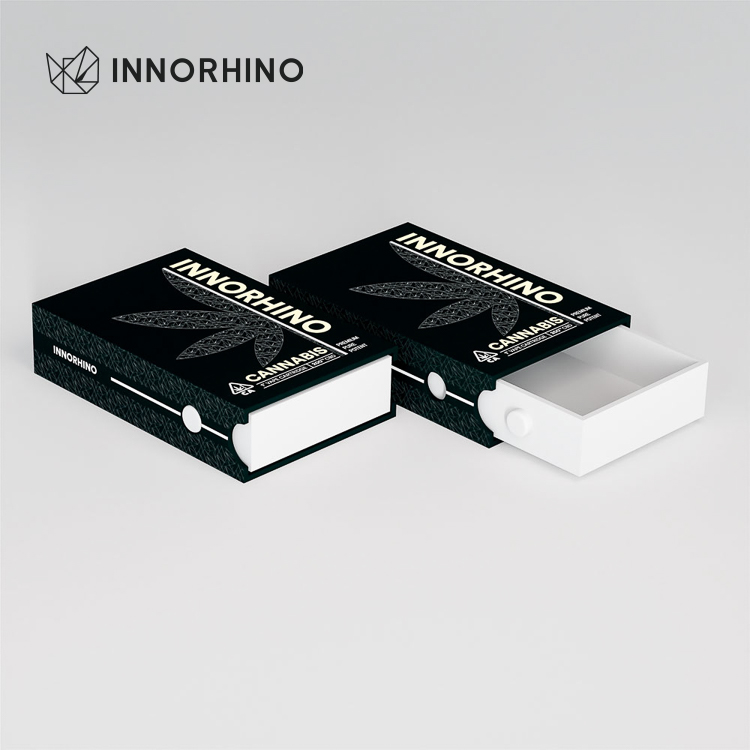 | Tablets, mints, lozenges | Press button while lifting lid | Reusable, compact, convenient for medical use | Smaller capacity, button-force must meet standards |
Emerging Formats
| Format | Description | Why It’s Gaining Traction |
| Magnetic-Lock Boxes | Require two-hand manipulation and hidden magnets | Great for luxury and gift packaging |
| Smart CR Packaging | Uses RFID/NFC access controls or app-activated locks | Ideal for high-value or medical cannabis |
| Snap-Safe Tins | Hinged or tool-assisted opening | Offers tamper-resistance and adult-use appeal |
3. Market Leaders in CR Packaging Design
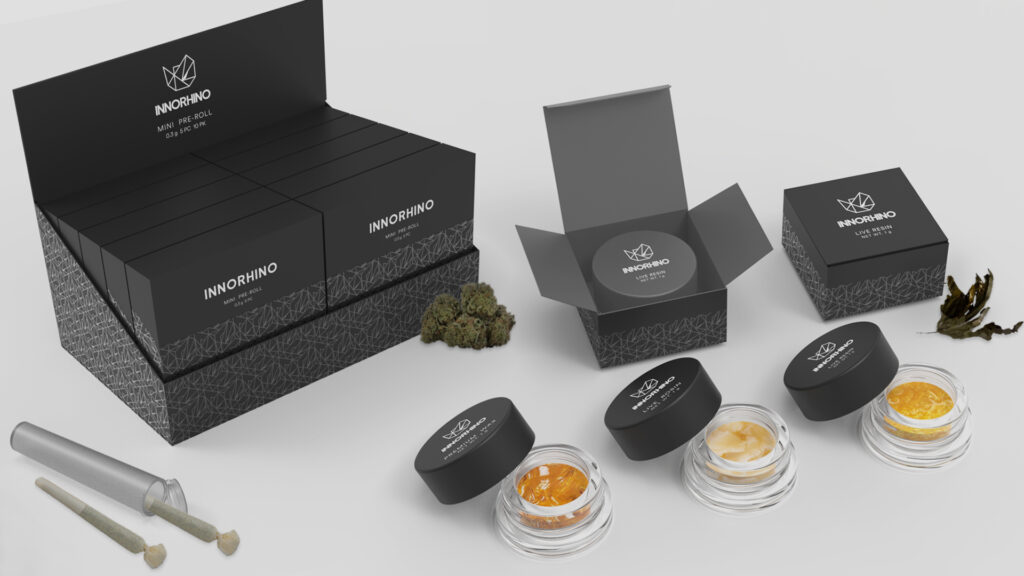
These standout cannabis brands are leading the way by integrating compliance, creativity, and sustainability into their CR packaging strategies:
- Kiva Confections: Uses ASTM-certified metal tins with push-and-turn lids—recyclable and premium in feel.
- Leafs by Snoop: Partnered with Pentagram to design minimalist, high-end boxes with integrated CR locks.
- Garden Society: Uses Duallok cartons, a paper-based CR format with press-and-slide action—both recyclable and retail-ready.
- The Bureau: Introduced POP-VAC jars with vacuum-sealed lids that provide both child resistance and tamper-evidence.
These examples prove that CR packaging can uphold brand aesthetics without compromising safety or compliance.
4. Regulatory Compliance Snapshot

Child-resistant packaging for cannabis products must satisfy federal and state regulations to remain market-eligible and protect public health.
Federal Requirements (U.S.)
- CPSC Certification (PPPA-compliant):
- Child Testing: 85% of children (ages 3–4) must be unable to open within 5 minutes.
- Adult Testing: 90% of adults must open and reseal within 5 minutes.
- Child Testing: 85% of children (ages 3–4) must be unable to open within 5 minutes.
- Testing Standards:
- Conducted by third-party labs as specified under 16 CFR § 1700.20.
- Conducted by third-party labs as specified under 16 CFR § 1700.20.
- Durability & Compatibility:
- Packaging must last the product’s shelf life and not interact with its contents.
- Packaging must last the product’s shelf life and not interact with its contents.
- Restricted Flow:
- Required for products that need dosage control (e.g., tinctures, oils).
- Required for products that need dosage control (e.g., tinctures, oils).
- ASTM D3475-20:
- Classifies CR packaging by opening mechanisms and usability.
- Classifies CR packaging by opening mechanisms and usability.

Manufacturer Obligations
- Certification & Documentation:
- Maintain test reports and compliance documentation for a minimum of 5 years.
- Maintain test reports and compliance documentation for a minimum of 5 years.
- Labeling:
- Include clear instructions and CR symbols where required.
- Include clear instructions and CR symbols where required.
- State-Level Compliance:
- Many states, especially those regulating edibles, impose stricter rules on CR design, labeling, and recyclability.
- Many states, especially those regulating edibles, impose stricter rules on CR design, labeling, and recyclability.
5. Packaging Lifecycle and End-of-Life Considerations
CR packaging must do more than protect children—it should align with environmental responsibility across its entire lifecycle.
Material Selection
- Choose recyclable, compostable, or reusable materials (e.g., glass, metal, paperboard).
- Avoid combining incompatible materials that hinder recycling.
Design for Disassembly
- Enable consumers to easily separate CR components for disposal.
- Include intuitive icons or QR codes to instruct on proper end-of-life treatment (e.g., How2Recycle).
Reusability & Take-Back Programs
- Promote refillable jars or tins and incentivize returns.
- Support closed-loop packaging models that align with ESG goals.
Certification & Compliance
- Align with certifications like:
- FSC (Forest Stewardship Council)
- How2Recycle
- Cradle to Cradle
- FSC (Forest Stewardship Council)
- Monitor changes in EPR (Extended Producer Responsibility) legislation to future-proof packaging strategy.
6. Innovation Trends in CR Packaging
The cannabis packaging landscape is rapidly evolving. Brands that stay ahead of innovation curves can gain market share and strengthen trust.
- Smart CR Packaging: Incorporating digital access controls (NFC, RFID, mobile apps) for product authentication and patient access.
- Biodegradable CR Materials: Compostable films and hemp-based plastics are emerging, though they must still pass CR testing.
- Minimalist CR Design: Streamlined formats reduce material use while enhancing usability.
- Modular Systems: CR mechanisms that can be reused across different product lines.
- Automation-Ready Designs: Compatible with robotic filling and sealing—critical for scaling operations efficiently.
7. Best Practices for Cannabis Brands
To meet safety, design, and environmental goals, cannabis brands should:
- Integrate Packaging Early: Include CR strategy in product development timelines.
- User-Test Widely: Test with seniors, medical patients, and people with limited dexterity.
- Select Eco-Conscious Materials: Without compromising CR effectiveness.
- Maintain Comprehensive Documentation: For regulatory readiness.
- Track Trends & Regulations: Invest in formats that meet both current and future compliance demands.
Conclusion
Child-resistant packaging is more than a compliance requirement—it’s a strategic asset that reinforces consumer safety, brand credibility, and sustainability. Forward-thinking cannabis brands that align CR functionality with intuitive design and environmental responsibility can gain a powerful edge in an increasingly crowded market.
By learning from market leaders and applying design best practices, cannabis product teams can transform packaging from a regulatory necessity into a competitive advantage.
Looking to design cannabis packaging that’s compliant, sustainable, and unforgettable?
Contact us today to schedule a packaging strategy session or request a custom CR compliance audit. Let’s build packaging that protects and promotes.
FAQs: Child-Resistant Cannabis Packaging
Q1: Is child-resistant packaging required for all cannabis products?
Yes, most jurisdictions require CR packaging, especially for edibles, concentrates, and vape products. Always verify local laws.
Q2: How do I know if my packaging is compliant?
You must test with a CPSC-accredited third-party lab following 16 CFR § 1700.20. Results must meet both child and adult usability standards.
Q3: Can sustainable packaging be child-resistant?
Yes—materials like PLA, recycled paperboard, or hemp plastic can meet CR standards if properly engineered and tested.
Q4: What is ASTM D3475-20?
A standard that classifies CR packaging by mechanical action (e.g., squeeze-pull, push-turn) to guide testing and certification.
Q5: Can CR features frustrate customers?
They can—especially if poorly implemented. That’s why usability testing and inclusive design are critical to success.
Reference
Sources:
- U.S. CPSC – 16 CFR §1700.20 testing protocols (85% children, 90% adults criteria)
- Drug Plastics & Glass Co. – Explanation of child-resistant packaging standards
- ChildResistant.com – Classification of CR package types (ASTM D3475)
- Packaging World – Garden Society’s use of Duallok recyclable CR cartons
- Kiva Confections – “Going Greener” announcement (fully recyclable CR tins, biodegradable carton)
- Wired – Coverage of Pentagram’s child-resistant design for Leafs By Snoop
- Business Insider – Notes on child-testing of Leafs By Snoop packaging
- Packaging Digest – Feature on Pop-Vac jars and CR packaging trends
- PopSealJar (Pop-Vac) – Product info on vacuum-sealed child-resistant jars (audible “click” and “pop” seals)
- Labeltex USA – 2024 cannabis packaging trends (sustainability, smart tech, etc.)
- World BI Group – Blog on CR & tamper-evident packaging innovations (NFC tags, slide-lock containers, CR zippers, etc.)
- Locked4Kids – Senior-friendly vs child-resistant packaging testing results.

